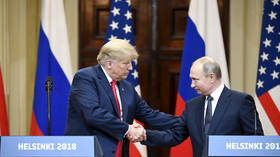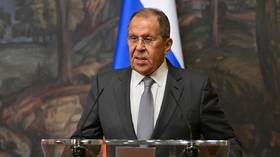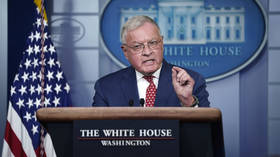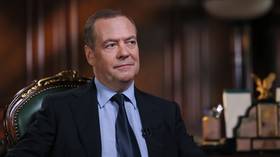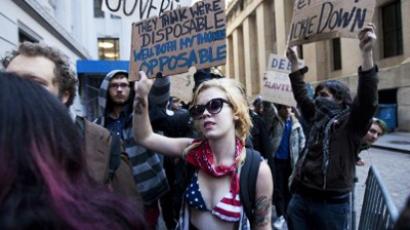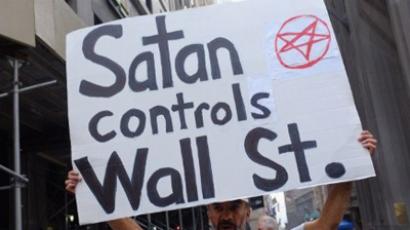Occupy Wall Street: controlled burn or fierce blaze?
A spark in the heart of the United States’ financial center has slowly begun to ignite the public as the pro-democracy Occupy Wall Street movement spreads across America. But can a movement with no driver steer itself towards a clear set of goals?
September 17, the “Day of Rage” as many described it, started as some 5,000 demonstrators poured into New York’s financial district to both symbolically and literally occupy Wall Street, the epicenter of America’s financial empire. As police barricades kept the protestors at bay, 5,000 people eventually dwindled to several hundred by the onset of night. At that point, few really knew if the movement would survive to see the light of day. Less than a month later, the prevailing winds of public discontent has carried those embers from coast to coast.At first, the protests spread to the traditionally liberal bastions of Boston, Chicago and Los Angeles. But over the past week dozens of cities across America have been caught up in the wave of mass protest.This past Thursday in Tampa Bay, Florida, organizers estimate that some 2,000 people gathered for an event dubbed “Stop the Machine!” An estimated 600 people marched through Tampa’s financial district in an attempt to both mirror and show support for their fellow demonstrators in New York.
Also on Thursday, over a thousand gathered in Austin, Texas in their own show of solidarity. In a sign that both portrayed the non-violent nature of the protestors as well as an almost surreal quiescence for a movement ostensibly founded on righteous indignation, demonstrators who had wanted to stay in City Hall for a full 24 hours decided to protest in shifts so as not to get arrested. On Friday, they would later march from city hall to what organizers described as "too big to fail Bank of America." The police were noted for their genial demeanor and relatively hands off approach.
And while the events in Tampa Bay and Austin went off without incident, Wednesday’s demonstrations in Seattle, Washington saw 25 people arrested as police clashed with protestors who had refused an order to vacate an encampment in a popular downtown park.Notwithstanding the fact that the scuffles in Seattle mirrored the mass arrests that occurred in New York as 700 were detained for marching on the landmark Brooklyn Bridge, with demonstrations taking place in at least 70 major cities, there have been virtually no instances of mass civil disobedience that would evoke a heavy-handed response from the police.This reality points to one of the greatest paradoxes of the burgeoning Occupy Wall Street movement. Despite criticisms that the group has a vaguely defined message and no clear leadership, the protests, both in terms of demographic composition, conduct, and the messages being conveyed via placards and chants(often to the beat of a drum), are almost uniform.
Whether crying out “we are the 99 per cent” or decrying the injustice that “they got bailed out, we got sold out,” the scenery changes from city to city, but one message remains the same: “this is what democracy looks like.”Perhaps the reason for it is that today’s movement is very much a product of its age and also an inversion of the past order. While the US was once viewed as a city on the hill that provided a mythical beacon of democracy to other nations, in an almost strange twist of fate, the Occupy Wall Street movement has found its inspiration in the Arab World, as even former vice-president Al Gore proclaimed that “America needed a non-violent Tahrir Square.” A seemingly metaphorical parallel took on life this past Saturday as Egyptian activist Mohammed Ezzeldin told an exuberant crowd in New York’s Washington Square Park about the link he saw between the anti-Mubarak protests and America’s growing civil action. In a somewhat awkward choral call and response, Ezzeldin proclaimed:"I am coming from there -from the Arab Spring. From the Arab Spring to the fall of Wall Street. From Liberation Square to Washington Square, to the fall of Wall Street and market domination, and capitalist domination."It is the sort of message that both enlivens the nascent movement as well as points to the flaws inherit within it. For while youthful radicals might find exhilaration in Marxist calls to bring down the capitalist order, union members (among others) who came out in force are merely seeking to preserve their role in it.It is in that sense that a horizontally organized protest movement has the power to turn modern day tweets and status updates into old school bodies and placards filling the streets from sea to shining sea, while at the same time lacking any authority to impose a set of demands on its participants. If “we are the 99 per cent” means “we are not among the world’s elite,” the message almost certainly rings true. But qualify that message beyond one’s personal assets, and the unifying principle of the protestors becomes far less definable.Ultimately, the lack of a clearly defined message could just as well serve to rain on their own parade as it could to set the streets ablaze. Perhaps recognizing this, the famous writer and activist Naomi Klein attempted to address this very real problem while addressing demonstrators in New York on Thursday. “Being horizontal and deeply democratic is wonderful. But these principles are compatible with the hard work of building structures and institutions that are sturdy enough to weather the storms ahead. I have great faith that this will happen,” Klein said, as cited by the Nation.For now, there is enough public anger to give the movement lifeblood to both sustain itself and continue to grow. And in picking a fight with the most dominant economic and political forces on the planet, Klein implored the protestors to “treat this beautiful movement as if it is most important thing in the world. Because it is. It really is.”While Klein’s message is one of inspiration and hope, one question remains: Who is listening?
William Echols, RT


